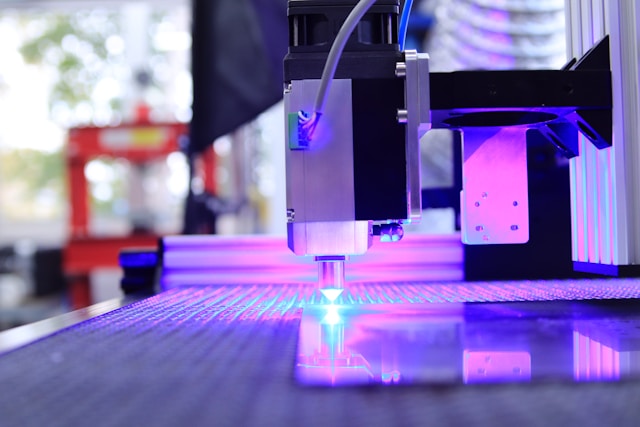In the rapidly evolving landscape of healthcare technology, securing sensitive patient information is imperative and a top priority for healthcare organizations. As medical records transition to digital formats and electronic health systems become ubiquitous, the healthcare industry faces an increasing challenge — safeguarding the security and confidentiality of patient data. A key player in defending against unauthorized access is multi-factor authentication (MFA), an essential tool in the industry’s arsenal.
Multi-factor authentication is a security protocol that enhances traditional password protection. It requires users to provide two or more independent forms of identification before granting access. In the healthcare sector, where high stakes and the dire consequences of a security breach are ever-present, MFA has proven to be an indispensable layer of defense.
The first element of MFA typically involves something the user knows — a password or PIN. Although passwords have long been a standard security measure, they are not foolproof. Weak passwords, password reuse, and risks of hacking or phishing expose vulnerabilities in password-based systems. MFA addresses these weaknesses by adding additional, independent layers of authentication.
The second and third factors of MFA usually involve something the user has, such as a smart card or mobile device, and something the user is, like a fingerprint or facial recognition. These layers significantly increase the difficulty for malicious actors to gain unauthorized access to sensitive healthcare information. Even if a password is compromised, the synergy of multiple factors forms a formidable barrier, thus enhancing the overall security posture.
Healthcare organizations manage vast amounts of personal and sensitive data, including medical histories, treatment plans, and financial information. This wealth of information makes them attractive targets for cybercriminals seeking financial gain or identity theft. In recent years, the healthcare industry has seen an alarming rise in cyberattacks, with ransomware targeting hospitals and clinics, jeopardizing patient safety and confidentiality.
MFA acts as a proactive defense mechanism, reducing the risks associated with unauthorized access. By requiring multiple forms of identification, healthcare organizations can significantly lower the likelihood of a security breach. This not only protects patient data but also maintains the integrity of medical records, fostering trust between healthcare providers and patients.
Implementing MFA in healthcare is a response to the increasing frequency and sophistication of cyber threats and a proactive measure to comply with regulatory requirements. In the United States, healthcare organizations must adhere to stringent regulations like the Health Insurance Portability and Accountability Act (HIPAA). HIPAA mandates the protection of patient information and imposes penalties for non-compliance. MFA aligns with these regulations, equipping healthcare organizations with a robust security infrastructure that meets or exceeds industry standards.
Furthermore, the adoption of MFA signifies a broader shift towards a culture of cybersecurity awareness in the healthcare industry. Training healthcare professionals and staff to recognize and respond to potential security threats is crucial. MFA plays a pivotal role in this educational process, integrating employees into the security ecosystem and underscoring the importance of safeguarding patient information.
Utilizing multi-factor authentication not only secures patient data but also upholds the trust and integrity vital to the symbiotic relationship between providers and patients. In the face of evolving cyber threats, MFA stands as a cornerstone of modern healthcare security strategies, ensuring a safer and more secure environment for patient care.






